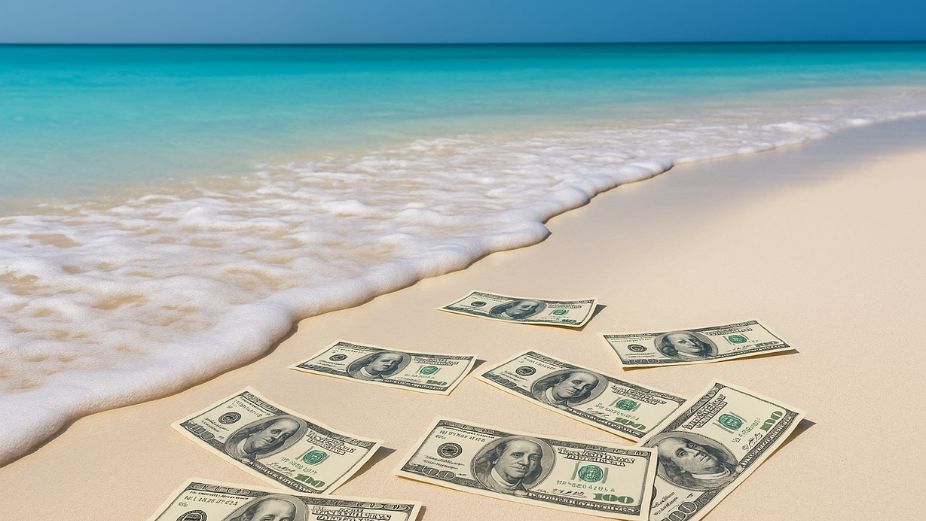
The Maldives Monetary Authority’s recently released Annual Report for 2024 paints a deceptively upbeat picture. At first glance, the 5.1% expansion in real GDP might suggest a broad-based economic recovery. Growth has edged up from the 4.7% seen in 2023, and compared to some regional economies, that’s no small feat.
But dig into the report’s details, and a different narrative emerges. The economy’s momentum appears lopsided, powered disproportionately by one familiar force: tourism.
Tourist arrivals topped 2 million, resort bednights climbed 8%, and travel receipts are estimated at USD 4.8 billion. The tourism sector’s gross value added rose by 7.3%, a sharp jump from the previous year’s tepid 1.5%. That alone accounts for a significant share of the headline growth figure. Meanwhile, sectors like fisheries and construction not only failed to keep up but actively dragged growth down.
It’s not just that tourism grew. It grew while other parts of the economy shrank or stalled. The fisheries sector collapsed, with gross value added dropping 48.4%. Construction contracted by 2.1%, reversing its modest recovery in 2023. Imports of construction materials, wood, metal, and cement fell 7%. And despite a 10% rise in bank credit to construction, the data shows that lending was largely tied to housing and property development, not commercial expansion.
Other service sectors, wholesale and retail trade, financial services, and transportation, grew, but their gains are tightly bound to tourism’s performance. Retail activity rose by 5.9%, but commercial bank credit to the sector plummeted 31%. That’s not the footprint of a confident, expanding industry.
Some might argue household consumption helped drive growth. Personal loans for consumer durables rose, and local spending may have been buoyed by tourism income. But the MMA report doesn’t quantify consumption’s contribution, making it impossible to know how much of the 5.1% was truly consumption-led. The circumstantial signs are there, but the data stops short of confirmation.
Private investment offers a similarly mixed picture. Total commercial bank credit to the private sector grew 7%, but tourism sector lending dipped slightly, especially for new resort development. Construction credit growth slowed. These two sectors usually anchor private investment, and their softening raises doubts about whether private capital is truly regaining momentum.
So what does that leave us with?
An economy growing on paper, yet increasingly dependent on the same engine it’s leaned on for decades. One sector is pulling the weight, while others are either stumbling or being dragged along behind it. It’s growth, yes, but it’s not the kind that spreads prosperity across sectors, regions, or income brackets.
It’s tempting to celebrate 5.1% growth. But the structure beneath it tells a more fragile story: one of imbalance, dependency, and missed opportunity.













